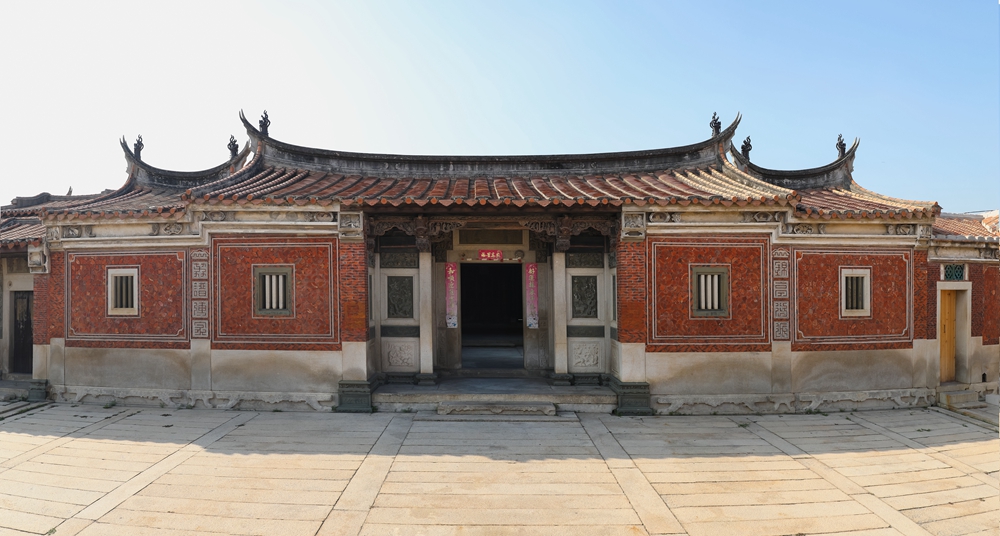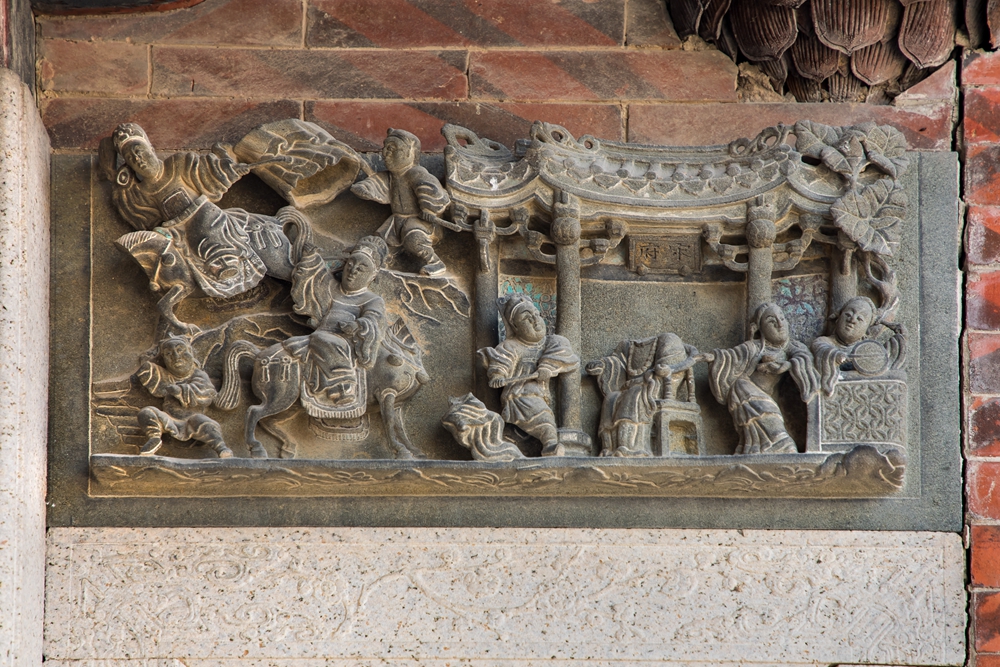The Ancient House Group of Cai Clan
2021-07-19 17:04:34



The Ancient House Group of Cai Clan is located in a flat area in the foothills of a mountain, facing its water source and with a mountain barrier to the rear. The houses are spread in an about three-hectare rectangular plot of land measuring more than 200 meters long from east to west and 100 meters wide north to south. The house group has a total floor area of about 16,300 square meters and occupies a site of some 30,000 square meters. Set in a north-south orientation, the houses were built in a sequence proceeding from the east to the west, along a north-south axis oriented 5 degrees south by west. They were built by Cai Qichang, a Filipino Chinese, and his son Cai Zishen, between the 6th year of Emperor Tongzhi’s reign (1867) and the 3rd year of Emperor Xuantong’s reign (1911) in the Qing Dynasty.
The Ancient House Group of Cai Clan represents the highest standard of design and construction for residential architecture in southern China; its scale is also the largest in the region. The houses embody the sophisticated architectural and carving arts and culture typical of red-brick settlements in southern Fujian. Built with a synthesis of Chinese and western architectural styles, the houses are rare physical objects for the study of the exchanges of Chinese and foreign architectural arts on the coast of Fujian in modern times. They are masterpieces of southern Fujian’s red-brick architecture, rich in cultural significance. Dubbed the “grand-view garden of southern Fujian architecture”, the houses have profoundly influenced the form of later architectures. In June 2001, the house group was included in the fifth group of major cultural heritage sites protected at the national level by the State Council; in 2012, it was placed on the Tentative List of Chinese World Cultural Heritage; in 2013, it became one of the second group of Traditional Chinese Villages.